October 2018
STAR Newsletter
October 2018 edition
Contents:
- In Memoriam: Father McShane
- From the Spokespersons
- Hard Probes Recap
- Collaboration Members in the Headlines
- iTPC Yearly Progress Review
- STAR arts
A note from the editor: as a collaboration-wide communication tool, this newsletter is set up to allow comments (subject to moderation against abuse), and all STAR Collaborators are welcome to do so! Please keep in mind that some content (including all comments) may be considered internal to the Collaboration and only accessible when logged into Drupal. Documentation is available here.
In Memoriam: Father McShane
(Mike Cherney - Creighton University)
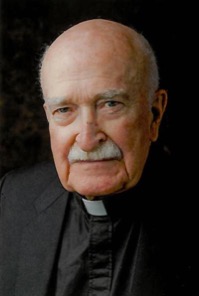
Tom was an avid sportsman. He enjoyed hunting and wilderness camping. He spent time working with Native American students at the Jesuit schools on the South Dakota reservations, and he was particularly attached to the Colorado high country.
In addition to his RHIC-related activities, Fr. McShane had projects in seismology, solid state physics, and large-scale coincidence arrays for cosmic rays. He was an NSF Visiting Professor at Iowa State University and Ames National Laboratory, and received an NSF grant for electronics curriculum development in 1993. He joined the STAR Collaboration in 1996 working on the TPC control system at Lawrence Berkeley National Laboratory and subsequently on STAR hardware controls at Brookhaven National Laboratory. After his retirement in 2013, the Creighton physics machine shop was named in his honor.
Tom's unrecognized gift was taking those students under his wing who were not at the top of the class or the most popular. He had a talent for drawing out the best in these students, influencing what they value and seeing that they realized their unseen potential. He will be missed.
(The Creighton News Center also published an article.)
(Editor's note: you are welcome to add your own memories and/or thoughts as comments to this edition of the STAR Newsletter)
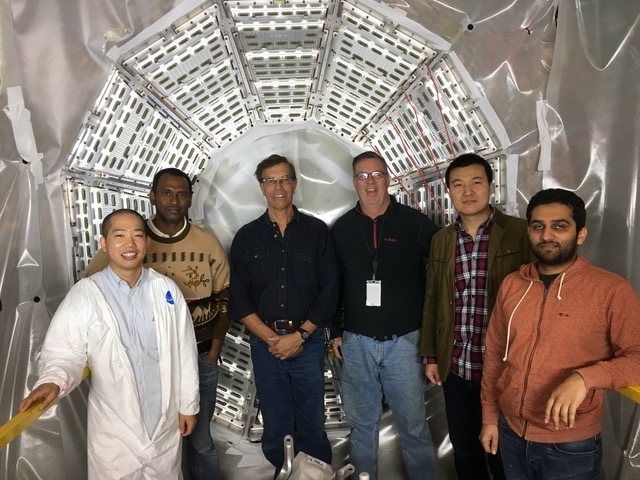
Collaborators who helped with the iTPC installation (left-to-right): Saehanseul Oh, Prashanth Shanmuganathan, Bob Soja, Bill Struble, Peng Liu, and Rahul Sharma. Not pictured here: Alexei Lebedev, Robert Pak, Bill Christie, and Qian Yang
(Helen Caines - Co-Spokesperson)
It has been a busy couple of months out in the hall. All 24 sectors of the iTPC have now been installed. Congratulations to everyone involved in design, construction, testing, and installation. It truly took a team to accomplish this critical task on such a tight schedule, some of whom are pictured at right.
Next up is the eTOF. All the modules have been prepared in Germany and should arrive at BNL in the next couple of weeks.
These new detectors need to be fully commissioned prior to the BES-II starting. We are therefore planning to start 2 person cosmic ray shifts in January well before beam collisions begin in, perhaps, early March. We have asked all STAR Council members to confirm their group's active members and our annual list of detector experts is being compiled. Shift quotas will be calculated and sent back to your Council reps. We expect shift sign up to start in early December, with exact dates to be announced to STARmail-l as soon as the schedule has been finalized.
It was also a busy time on the conference circuit with STAR releasing several new results and giving impressive talks at recent workshops and conferences including ISMD (Singapore), SPIN (Italy), Hot Quarks (the Netherlands), Hard Probes (France) [see Nick's recap], and DNP (Hawaii). Congratulations to all involved!
Congratulations also go to the following Niseem Magdy Abdelwahab Abdelrahman (Stony Brook University) and Dzmitry Makatun (Czech Technical University) for successfully defending their PhD theses:
Niseem’s thesis title: "Beam Energy and Collision System Dependence of Anisotropic Flow and Its Fluctuations",
Dzmitry’s: "Distributed data processing in High Energy Physics",
In case you missed, STAR has had some coverage in the media lately. If you haven't spotted these on STAR's FaceBook feed, take a look at these...
- CERN Courier article on the HFT
- Secretary Rick Perry visits BNL and STAR
- Have you ever seen STAR being rolled out? If not, take a look at this time lapse video, and have a look at the STAR arts section of this Newsletter
- Forward Upgrade Review at BNL, November 19th, 2018
- STAR Analysis Meeting at BNL, December 12th-14th, 2018
- STAR Collaboration Meeting at BNL, March 29th-April 2nd, 2019
- STAR Collaboration Meeting in Cracow, August 19th, 2019
- STAR Pre-QM meeting in Qingdao, November, 2019

Nick Elsey
(Nick Elsey - Wayne State University)
Hard Probes 2018, the IXth International Conference on Hard and Electromagnetic Probes of High-Energy Nuclear Collisions, wrapped up a few weeks ago in Aix-les-Bains, France. Hosted at the Andre Grosjean Cultural and Convention Centre from October 1st through the 5th with 257 participants, almost 200 talks and a good sized poster session, the conference had enough to keep everyone busy for the week! We started with student day, hosted at CERN, covering some of the theoretical and experimental methods of using hard probes to study the QGP. After that it was off to Aix-les-Bains. Situated on the coast of Lac du Bourget, a beautiful lake about 10 miles long and about an hour south of Geneva, it's a pleasant tourist town with beautiful scenery and nice shops, with everything in walking distance.
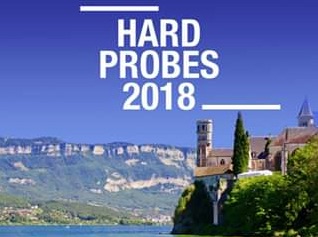
I spent most of my time in the jet sessions so I will finish up with my thoughts on where we stand in jets. It seems like we’ve reached a certain level of maturity on the experimental side; we have a coherent picture of partonic energy loss (in particular at RHIC energies), and are now using increasingly refined tools (jet substructure measurements, photon-jet analyses, etc.) to perform more differential and sensitive measurements to understand the dynamics of both the jets themselves and the QGP. We are eagerly awaiting more robust comparisons to theory to confirm or challenge our current understanding, and provide more guidance for novel observables.
A big thanks to the local organizers, the conference center, CERN, the presenters, and everyone else who made the conference a success!

Hard Probes 2018 conference photo (open the image separately to see full resolution)
Collaboration Members in the Headlines
Congratulations go out to the following STAR Collaboration Members:
- The BNL STAR Group
-
Recipients of the 2018 Secretary of Energy Achievement Award:

"This award is bestowed upon a group or team of DOE employees and/or contractors who together accomplished significant achievements on behalf of the Department. These groups should demonstrate cooperation and teamwork in attaining their goals."...
"In recognition of the successful and efficient operation of the Solenoidal Tracker (STAR) experiment at the Relativistic Heavy Ion Collider (RHIC) that enabled the discovery that the nearly perfect fluid created in RHIC collisions is also by far the fastest spinning fluid ever observed. In a set of measurements beginning with the data taken in 2010, STAR measured the vorticity of the fluid created at RHIC and found that the perfect liquid created in collisions at RHIC is the fastest spinning fluid ever observed, by far. This result was published in Nature and subsequently named one of the top 100 science stories of 2017 by Discover Magazine. The Staff of the STAR group successfully and efficiently operated the STAR experiment under a wide range of conditions, providing precisely calibrated data that enabled this challenging measurement." (more) - Helen Caines & Grazyna Odyniec
-
Elected as Fellows of the American Physical Society:
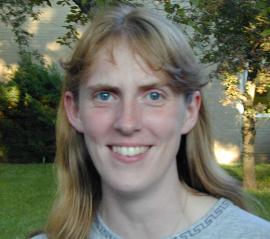
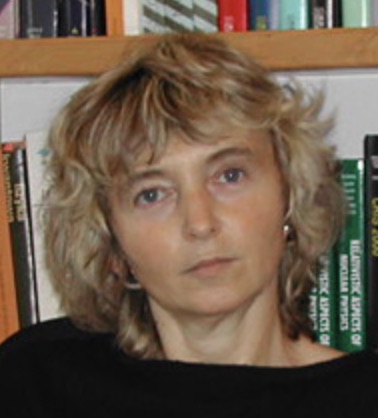
"The APS Fellowship Program was created to recognize members who may have made advances in physics through original research and publication, or made significant innovative contributions in the application of physics to science and technology. They may also have made significant contributions to the teaching of physics or service and participation in the activities of the Society.
"Fellowship is a distinct honor signifying recognition by one's professional peers. Each year, no more than one half of one percent of the Society’s membership (excluding student members) is recognized by their peers for election to the status of Fellow of the American Physical Society."
Helen: "for her pivotal role in promoting the beam energy scan at RHIC and measurement of the energy dependence of jet quenching through development of techniques for full jet reconstruction in relativistic heavy ion collisions."
Grazyna: "for leadership and contributions to the understanding of strangeness production in high-energy nuclear collisions and to the RHIC beam energy scan program." - Jie Zhao
-
Recipient of the 2018 Lee Grodzins Postdoctoral Award from MIT:
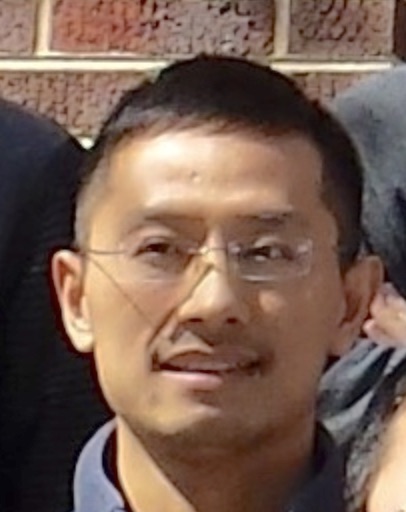
"This award is presented in honor of Lee Grodzins, who, in 1955, began a postdoc position in Maurice Goldhaber's nuclear physics group at Brookhaven National Laboratory. There, Grodzins, Goldhaber and Andrew Sunyar performed groundbreaking measurements of the helicity of the neutrino. Their work has been key to our understanding of the weak interaction. This was the start of a long and distinguished career for Lee Grodzins that included a professorship at MIT from 1959–1998, and leadership of several companies."
Jie gave a colloquium at MIT for the award titled "Search for the chiral magnetic effect in relativistic heavy-ion collisions". - Elke Aschenauer
-
Recipient of the 2018 BNL Science & Technology Award:

"Aschenauer's contributions were vital in discovering that subatomic gluons are major contributors to the proton's spin—among the most significant discoveries at RHIC to date. She had an important role in measuring particles called W bosons that signal the polarization of up quarks, down quarks, and anti-quarks. She also developed techniques to use W bosons to test whether the theory of quantum chromodynamics could be used as a reliable framework for exploring the transverse spin structure of the nucleon.
"In addition, Aschenauer's group has contributed major advances to the measurement of proton polarization in the RHIC beams. She has also made invaluable contributions to the scientific case for an Electron-Ion Collider and planning the program for future experiments at this facility." (more)
iTPC Yearly Progress Review
(Flemming Videbæk - iTPC Project Manager)
The yearly DOE lead review with external reviewers was held on October 11th-12th at BNL. The presentations focused on technical progress since last year's review and the outlook for completion of installation and commissioning. The presentations as well as the material that the project supplied to reviewers can be found here. One of major milestones achieved during the last year was the completion of the iTPC sector production at Shandong University. As said in the draft report “The performance of the iTPC MWPC’s as revealed by quality assurance (QA) testing at the Shandong University in China (SDU) and confirmed by post-shipment testing at Brookhaven National Laboratory (BNL) is excellent, requiring no sacrifices be made in the quality of sectors that will be installed to complete the iTPC acceptance. Shandong University is to be congratulated for their high quality work.”
Discussions during presentation focused primarily on the schedule for remaining installation of electronics and readiness of the complete TPC and having sufficient time for commissioning of the STAR detector before the start of the RHIC run. This is also reflected in the only recommendation from the review, namely “Work with STAR operations to document a schedule, with milestones, that proactively retires remaining risk in order to avoid unforeseen issues having an impact on the start of Run 19; Present the schedule to the Department of Energy (DOE) Office of Nuclear Physics (NP) by December 1, 2018”. The current plan as it has been developing since the review is to have all electronics installed before Christmas, and start commissioning with gas in the TPC sometime during the first half of January, performing extensive commissioning with laser, and cosmics both without and with magnetic field. This will imply that 2-person shifts will start in this time frame.

iTPC sector testing at BNL, performed by (left-to-right) Alexei Lebedev, Saehanseul Oh, Peng Liu, and Qian Yang
STAR arts
(Irakli Chakaberia - Kent State University / Shandong University)
This is a feature for Collaborators to contribute something creative/artistic that relates to STAR. This could be a really cool looking graph generated from some analysis, or a striking photograph. The idea is akin to the "Back Scatter" feature of Physics Today (example), or the Picture of the Month of CERN Courier (example). Please feel free to have fun with this and consider making a contribution yourself for the next edition!
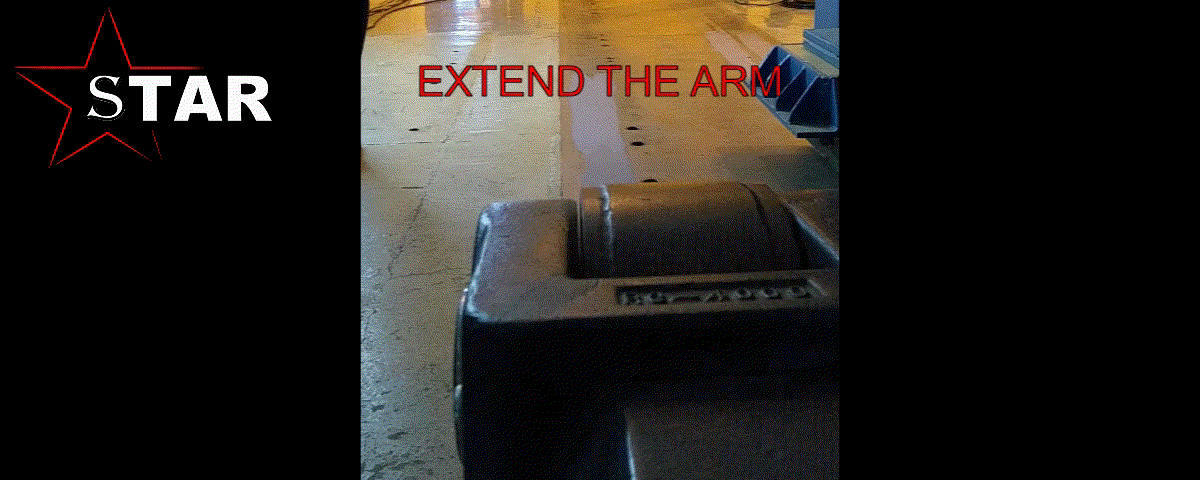
An up-close time-lapse view of the STAR detector rolling out this past summer (open separately for better resolution).